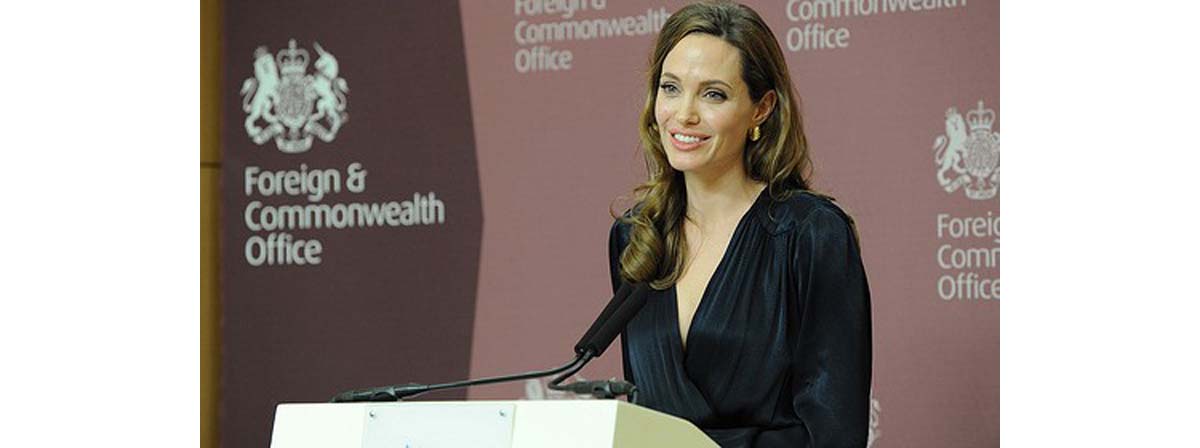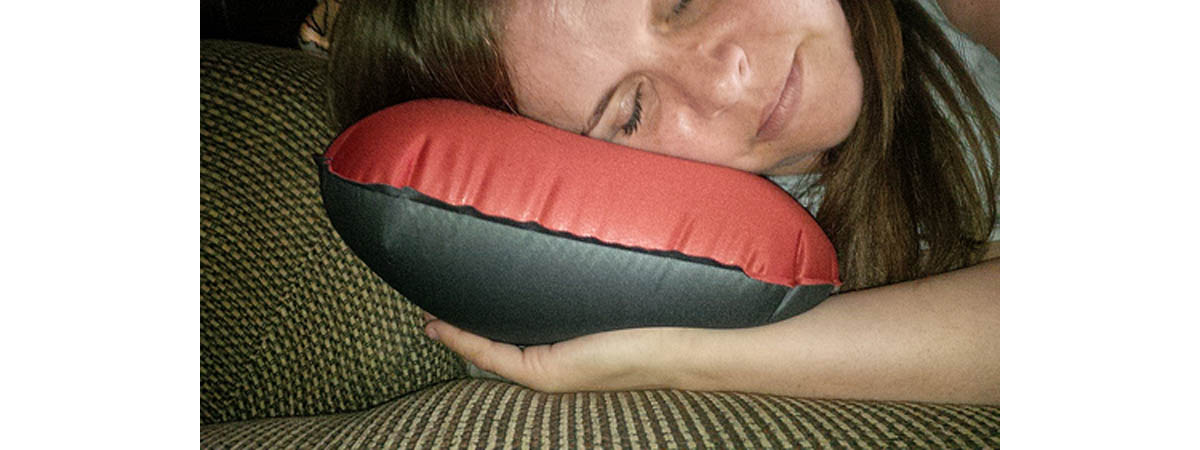In light of Angelina Jolie's recent revelations concerning her efforts to minimize her increased risk of developing breast and ovarian cancer, many women are left wondering what steps we can take to reduce our own risk of developing the same diseases.

Genetic Testing
Jolie's journey began when she discovered she was positive for the BRCA1 genetic mutation. According to Myriad Genetics, the patent holder for the genetic test to detect the mutation, women with either BRCA1 or BRCA2 have a highly increased risk for developing the diseases by age 70, up to 87% for breast cancer and up to 44% for ovarian cancer. In contrast, women in the general population have only an 8% risk for breast cancer and less than 1% risk for ovarian cancer.
As Myriad is the sole patent holder, they are able to dictate the cost of the test.
Fortunately, most insurance carriers cover the cost of genetic testing with the average patient paying only up to 10% of the test cost out of pocket. For any patient who will incur an expense of over $375 for testing, Myriad promises to contact that patient directly to arrange payment plans, including a $15 per month interest-free 25-month plan.
Their doctors should use the Medicare website to determine if coverage applies. Myriad also offers financial assistance for uninsured patients who meet certain medical and financial guidelines and are not covered by Medicare or Medicaid.
BRACAnalysisis a very simple test. The lab may draw a blood sample or an oral rinse sample may be obtained. The samples are sent to Myriad for testing and results are returned to your doctor after a minimum of two weeks.
Mastectomy
After receiving a positive test result, Jolie opted for a preventive or prophylactic bilateral mastectomy, undergoing surgery to remove both breasts in order to decrease the risk of developing breast cancer later in life.
This option is rather controversial, but it is a choice for patients who test positive for the BRCA genetic mutations, or for patients who have a strong familial history of breast cancer regardless if they are negative for the mutation.
To determine if your state has this mandate, you can research your state coverage laws with the State Cancer Legislative Database at http://www.scld-nci.net/. While costs vary depending on the provider and individual complexities of the patient, a bilateral prophylactic mastectomy is estimated to run at least $15,000 and does not include breast reconstruction.
Some hospitals offer discount programs for uninsured patients and some states, such as Pennsylvania, provide free treatment for uninsured or underinsured women.
The patient is placed under general anesthesia and the surgeon removes the breast tissue, pectoral fascia (the fibrous membrane covering the pectoral muscle), nipple, areola, and the axillary fat pad (under the arm). At least a one night stay is required in order to monitor the patient for any complications.
Post-op Recovery For Mastectomy And Oophorectomy
Once home, recovery is a moderately lengthy process. Pain is managed with both prescription and over the counter pain medications. Ice packs may be used intermittently to help reduce both pain and swelling.

The bulb must be emptied multiple times per day and reattached to the drain tube.
A home nurse may be dispatched to assist with care of the surgical site. Activity should be limited, although both active and passive exercise of the arms is encouraged to prevent loss of range of motion. In some cases, physical therapy is recommended to rebuild strength and recover range of motion.
Oophorectomy
The decision to undergo a prophylactic oophorectomy, or removal of one or both ovaries, is not as well-discussed as prophylactic mastectomy. In Jolie's case, her mother died of ovarian cancer. Her familial history and positive genetic mutation means that Jolie has a 50% chance of developing ovarian cancer without preventive treatment.
It is considered the most effective way to prevent the development of ovarian cancer in women who are at high risk. It also has been shown effective in decreasing the risk of breast cancer by decreasing the amount of estrogen in the body.
Oophorectomies are not as traumatic as mastectomies. The procedure itself does not require an overnight stay. Small incisions are made in the patient's abdomen and the ovaries and fallopian tubes are removed using a small scope. The patient is kept for observation during the day, then sent home with moderate pain medication.
Long-term, however, oophorectomy is life-changing. The removal of the ovaries means that the patient no longer has the ability to conceive and become pregnant and may quickly lead to early menopause. Because of this, the best candidates for the surgery are women 35 years of age or older who have completed their families, although each woman must decide with her doctor whether the benefits outweigh the risks.
The choice to undergo preventive surgery is a complex decision that should be made by the patient, with support from her doctor. For women with a strong familial history of breast and/or ovarian cancer, genetic testing can offer peace of mind or confirmation for the need of a more drastic course of action. The patient and doctor should work together closely to weigh the risk and benefits of each choice, to ensure that coverage criteria is met in order to minimize costs, and to make certain that the patient will have the physical, mental, and emotional support needed to recover from the procedures.
- Photo courtesy of Foreign and Commonwealth Office by Flickr : www.flickr.com/photos/foreignoffice/7296746010/
- Photo courtesy of M Car by Flickr : www.flickr.com/photos/23022269@N06/9344458019/
- www.myriad.com/products/bracanalysis/
- www.bracnow.com/
- www.theguardian.com/commentisfree/2013/may/17/angelina-jolie-ovaries-not-removed
- articles.latimes.com/2013/may/15/entertainment/la-et-mg-angelina-jolie-ovaries-removed-double-mastectomy-20130515
- msmagazine.com/blog/2013/05/17/angelina-jolies-ovaries/
- ww5.komen.org/BreastCancer/PreventiveSurgery.html
- www.bcbst.com/learn/treatment-options/prophylactic-mastectomy.shtm
- www.pabreastcancer.org/find-help/patient-resources/commonwealth-programs/
- www.bcbst.com/learn/treatment-options/prophylactic-oophorectomy.shtm
- www.aetna.com/cpb/medical/data/200_299/0227.html


Your thoughts on this